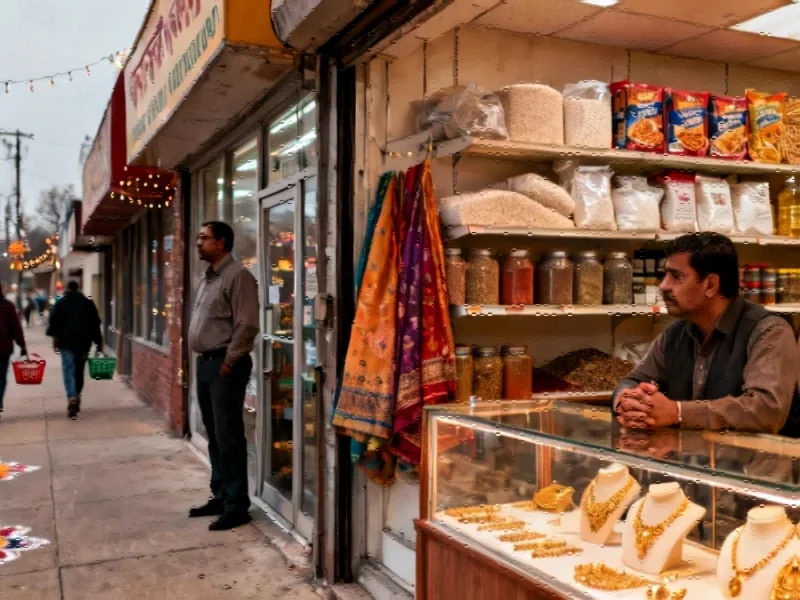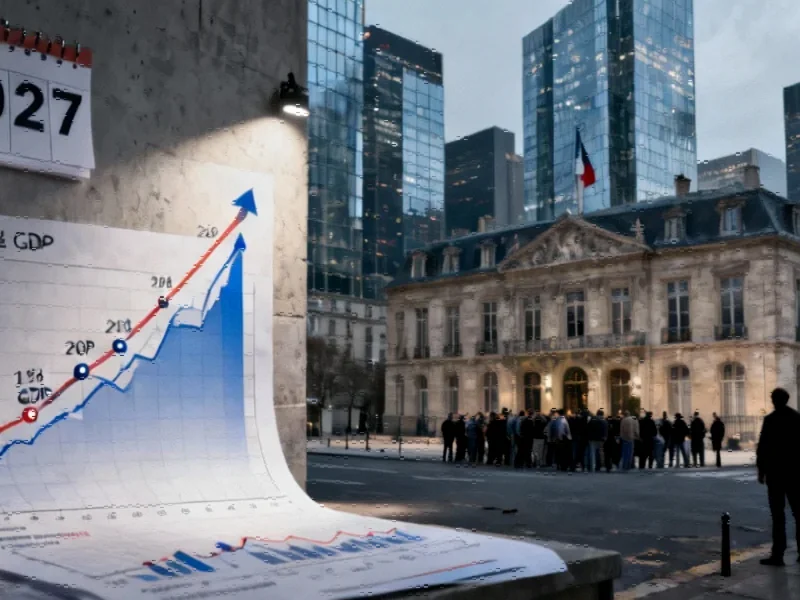The Unseen Costs of Trade Protectionism
This Diwali season, the vibrant celebrations in Indian-American communities across the United States carry an undertone of economic anxiety. While traditionally marking the triumph of light over darkness, this year’s festivities are dimmed by the practical realities of 50% tariffs on Indian imports implemented in late August. The policy shift is creating ripple effects that extend far beyond government balance sheets, touching the lives of small business owners, consumers, and the broader economic relationship between two democratic giants.
Ground Zero: Little India’s Economic Struggle
In Iselin, New Jersey—home to one of America’s most prominent “Little India” districts—the impact is palpable. Store owners along Oak Tree Road report dramatic declines in foot traffic and sales during what should be their busiest season. At Subzi Mandi supermarket, managers describe unusually empty aisles, while Reema Jewelers has seen sales plummet by 60-70% as gold prices surged past $4,200 per ounce. The situation reflects broader market trends affecting specialty retailers nationwide.
Ashok Sethi, owner of Reema Jewelers with over 30 years in business, encapsulates the sentiment: “Tariffs might sound like a quick fix, but they often hurt American consumers and small businesses.” His concern highlights how protectionist measures can backfire, ultimately weakening the very communities they purport to protect.
Beyond Retail: The Broader Economic Implications
The tariff story extends well beyond retail storefronts. Recent industry developments in technology and manufacturing sectors show how interconnected the U.S. and Indian economies have become. Changes to the H-1B visa program are disrupting plans for skilled Indian professionals seeking opportunities with American companies, while some Indian investors are reconsidering their U.S. exposure amid the trade tensions.
This comes at a time when U.S. tariffs on Indian goods continue to disrupt cultural and economic exchanges, creating challenges that extend beyond mere balance sheets. The situation parallels other sectors experiencing digital transformation pressures, similar to EssilorLuxottica’s ongoing adaptation to market changes.
Technology Sector Feels the Strain
The technology industry, long a bridge between the two nations, is experiencing particular strain. Indian tech professionals have contributed significantly to American innovation, particularly in sectors requiring robust related innovations in software and hardware. However, current policies threaten to undermine this symbiotic relationship.
The situation highlights the importance of maintaining critical technology infrastructure that supports global business operations. Just as security updates protect systems, thoughtful trade policies protect economic relationships that have developed over decades.
Financial Sector Adaptations
Amid the uncertainty, financial institutions are adjusting their strategies. Companies are exploring alternative funding arrangements, much like recent credit facility expansions seen in other sectors. This financial maneuvering reflects the need for businesses to maintain liquidity during periods of economic uncertainty.
Meanwhile, the wearable technology market continues its evolution with significant platform updates that demonstrate how global technology ecosystems transcend national borders—a reality that trade policies often struggle to accommodate.
The Trust Deficit and Long-Term Consequences
Perhaps the most significant casualty of the current trade tensions is trust. The deep people-to-people connections that have characterized U.S.-India relations for decades are showing signs of strain. New Jersey Governor Phil Murphy, recently returned from his second trade mission to India, emphasized that “this is too important a relationship not to get right.”
The governor’s $500 million in tax incentives for India-based companies creating jobs in New Jersey represents one approach to maintaining economic ties. However, these efforts must be complemented by federal policies that recognize the value of immigrant entrepreneurs and the small businesses they build.
Looking Forward: Pathways to Resolution
As the digital landscape evolves with major platform changes affecting global businesses, the U.S. and India face a critical juncture. The solution lies not in isolation but in reinforced partnership—investing in joint innovation, educational exchanges, and trade agreements that benefit both nations.
This Diwali, as communities reflect on navigating challenges and seizing opportunities, the need for enlightened policy has never been clearer. The triumph of knowledge over ignorance that the holiday commemorates must find expression in modern economic diplomacy—one that recognizes the profound connections between commerce, culture, and mutual prosperity.
This article aggregates information from publicly available sources. All trademarks and copyrights belong to their respective owners.
Note: Featured image is for illustrative purposes only and does not represent any specific product, service, or entity mentioned in this article.



